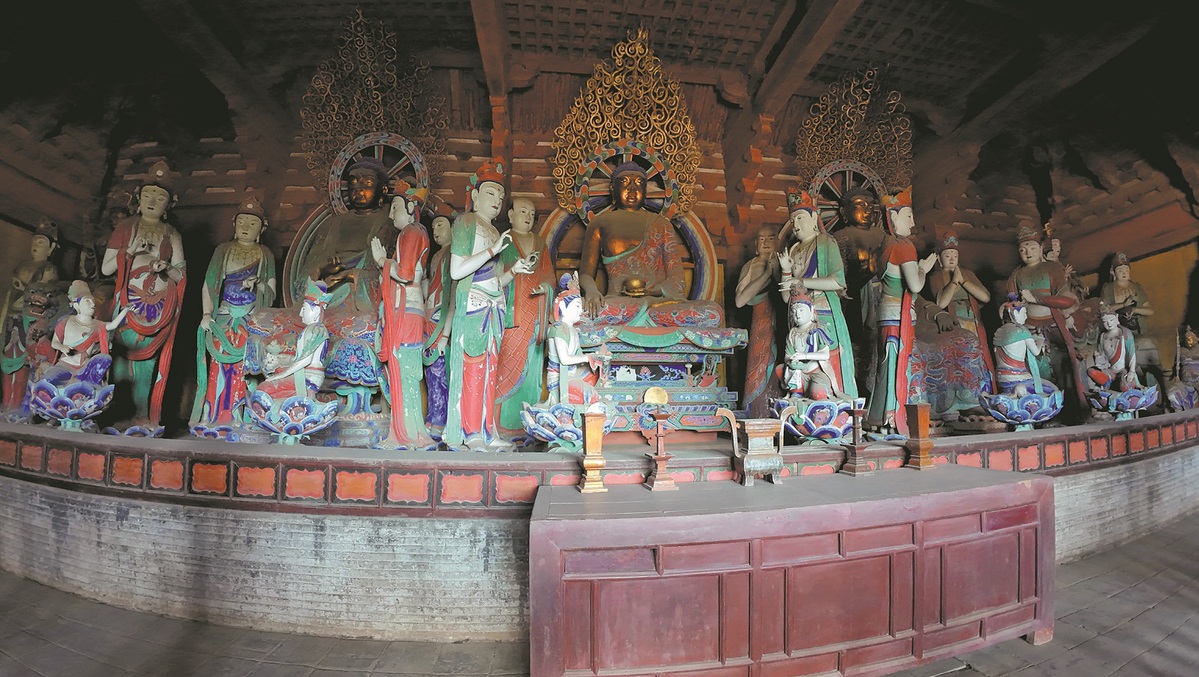Digital innovations breathe new life into Foguang temple
Advanced technologies help safeguard ancient wooden wonder






The phenomenal success of Black Myth: Wukong not only elevated the image of China's video game industry, but also introduced to a global audience the ancient wonders of Foguang Temple in Wutai, a county in Shanxi province.
Nestled in the forests of Wutai Mountain, Foguang is one of the oldest wooden temples in China and renowned for its well-preserved Tang Dynasty (618-907) architecture.
The intricate carvings and murals found in the temple were mirrored in the game, which was inspired by the classic Chinese tale Journey to the West.
The triple-A game became a worldwide hit after it was released in August last year, and introduced the temple to a younger, tech-savvy audience while fostering a deeper appreciation of its historical and cultural significance.
"This is a bold innovation," said Hu Junying, director of the Repository of Cultural Relics at Foguang Temple. "Through the integration of a video game and traditional culture, China's fine traditional culture is being promoted to the world."

Inscriptions found in the temple show that it was originally built in the Northern Wei Dynasty (386-534) and rebuilt in the late Tang Dynasty. The preserved Grand Eastern Hall, the main hall of the temple, was built in 857.
The discovery made the historical and cultural value of Foguang Temple known to the world, and also debunked the claim by Japanese scholars that no wooden architecture from the Tang Dynasty or earlier remained in China. Before the 1930s, many researchers, especially those in Japan, asserted that there were no preserved Tang Dynasty wooden structures in China.
The temple's wooden structure, statues, murals and inscriptions are regarded as the four treasures of Tang Dynasty Buddhist art.
But Black Myth: Wukong is not the only example of digital technology revolutionizing the accessibility and preservation of China's ancient heritage. From 3D modeling, virtual reality, augmented reality and artificial intelligence to immersive storytelling platforms, digital tech is making history more accessible and engaging.




















